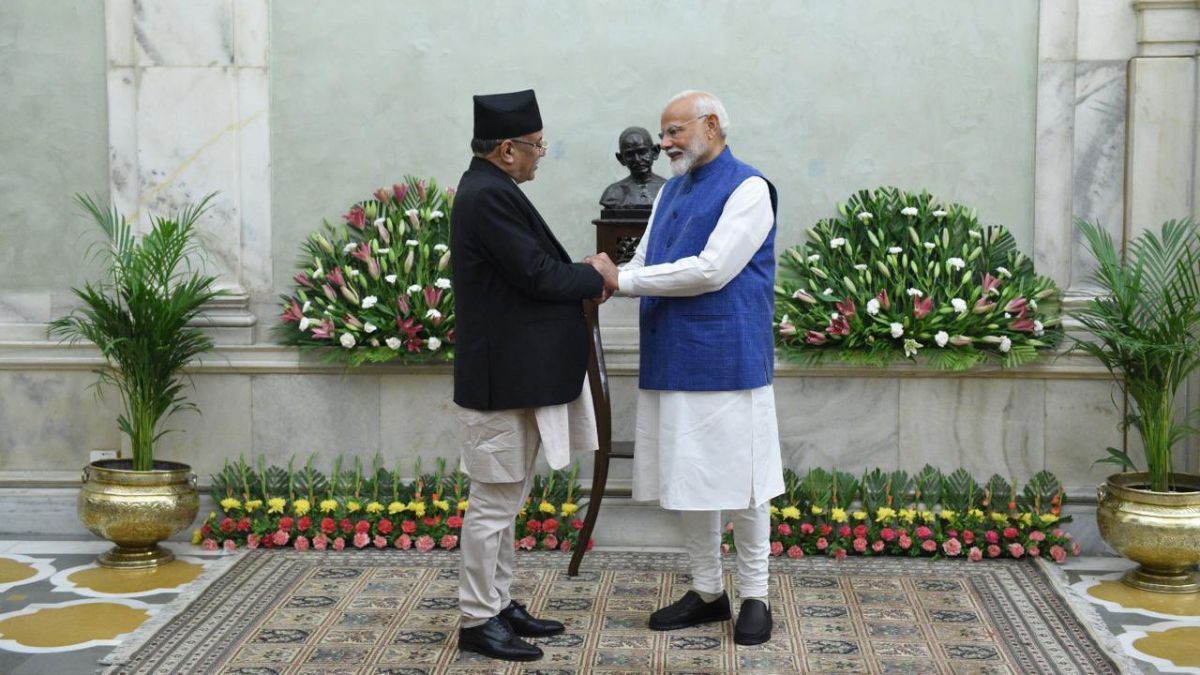Visualising the Himalaya with other coordinates
The HinduA conceptual audit of questions related to geopolitics and security concerns while talking or thinking about the Himalaya is perhaps long overdue. The Mission document avowedly claims: “The Government of India has come-up with this Mission in recognition of the fact that the Himalayan Ecosystem is important for ecological security of India.” Thus, comes the Indian Himalaya. Understanding the Himalaya Keeping these arguments in order, it is proposed that there could be several alternate ways of reading the geopolitical and the security concerns of the Himalaya and if the statist meaning is privileged over and above those of the anthropological, historical, cultural, and ecological ones, it would continue to reflect a set of mental processes predicated on a certain conception of spatial imagination that could be anything but ‘unHimalayan’ or, for that matter, antithetical to the very idea of the Himalaya itself. Viewing the Himalaya as a space of political power and, by extension, through the coordinates of nation states epitomising differential national histories is a violent choice, which actually enriched ultra-sensitivity towards territorial claims and border management. A road map of other routes In contrast to this, if we are ready to consider the Himalaya as a space that is deeply embedded in human subjectivities, we can possibly come out of the grip of a national absolute space, which is actually necessary if we are to address the concerns of trade, commerce, community, ecology and environment — issues which are no less important when we are to think of securing livelihoods, cultures and the environment in the Himalaya.
History of this topic
Frontline On Air | Tunnel collapse in Uttarakhand is part of a bigger problem in the Himalayas
The Hindu
Review: Himalaya: Exploring the Roof of the World by John Keay
Hindustan Times
The threats to the Himalaya that rose and retreated this year
Live MintDiscover Related


)
)



)






)






)



)






)













